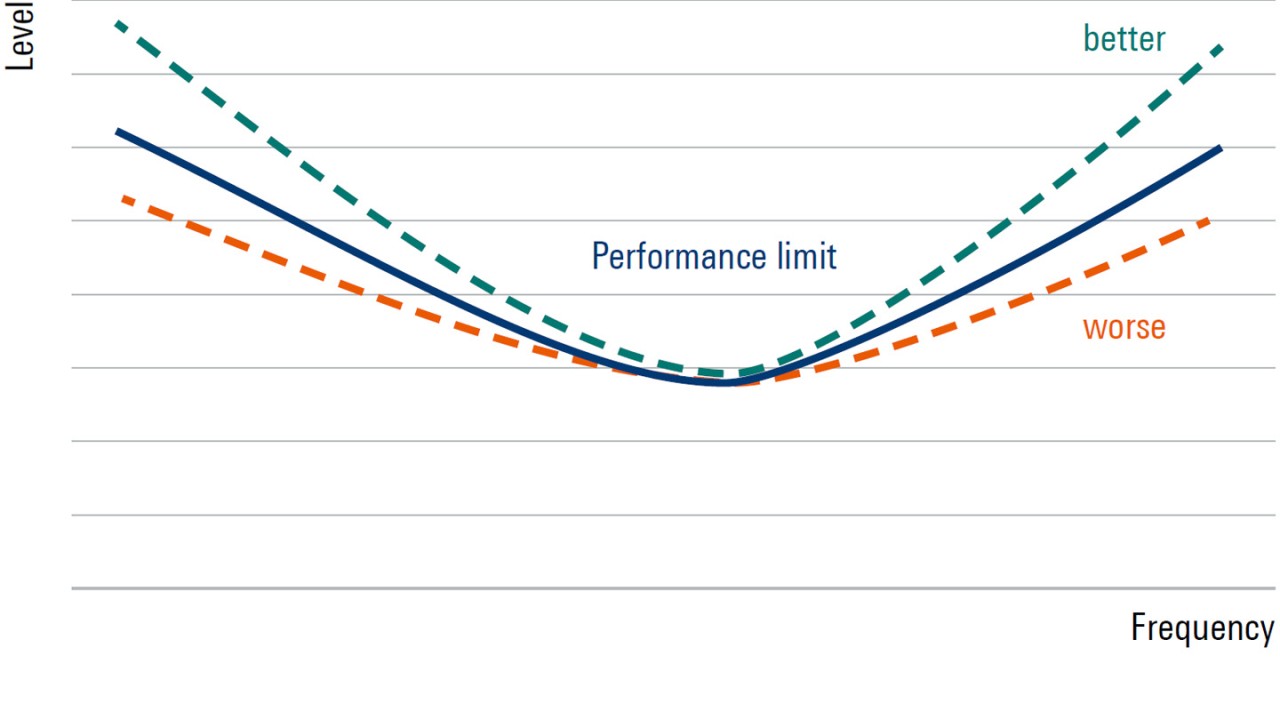

What do blocking tests uncover?
The increasing density of devices, machines, systems and vehicles using wireless connectivity solutions can pose a great challenge for a new Wi-Fi module due to the presence of interfering signals. A wireless receiver’s ability toreceive a wanted signal in the presence of an interfering signal is described by blocking characteristics. These characteristics are also known as desensitization performance since they have a considerable impact on receiver sensitivity. Blocking tests are therefore crucial for determining whether a receiver works as it should.
In a blocking test, a wanted signal link is maintained at a certain power level and frequency. A signal generator provides an interfering signal so that the device under test can simultaneously see the wanted signal and the interfering signal at its input.
Blocking tests have been introduced in most of the EN standards under article 3.2 of the radio equipment directive. A robust receiver can handle a communications link and maintain a high performance level even when there is a strong interfering signal at a small frequency offset.
The problem with EN standards
The current EN standards might be a starting point in understanding the essential compliant requirements for radio equipment. However, a look at the blocking test requirements in the different EN standards reveals that they do not follow a common guideline. Blocking tests in the 2.4 GHz ISM band, for example, are rather simple and do not greatly challenge receiver robustness. The unwanted signal level used in this test remains constant, which means the test is too simple and far away from real-life scenarios to be of significant use.
While most EN standards do not require different types of unwanted signals, there are exceptions. An example is EN 303 340 Ver. 1.1.2., which is applicable to DVB-T and DVB-T2 broadcast receivers. This standard requires different interfering signal types, including the simulation of a fully loaded LTE base station signal. So even though a module passing the tests using EN set parameters might be eligible for the CE mark, it would be difficult to accurately assess how suitable the module actually is for the given requirements. Rohde & Schwarz has developed a way to customize the test and make sure the Wi-Fi module fits the intended use case in the intended environment.


Customized blocking test
How to set up and run a customized blocking test
The easiest way to monitor the impact of the interfering signal is to look at the packet error rate or the throughput degradation once the device under test is able to feed back such parameters. If a constant performance parameter threshold is applied, the task of the customized blocking test is to find the corresponding interferer signal levels at different frequency offsets from the wanted signal. A level versus frequency offset plot of the interferer signal with steep slopes at small offsets would indicate a strong receiver.
The EN standard applicable for 5 GHz Wi-Fi modules specifies a blocking test similar to the one specified by the EN standard for 2.4 GHz Wi-Fi modules. The level of the blocking signal can be increased step-by-step as suggested in the “Customized blocking test” diagram. The level of the unwanted signal is adjusted until the receiver reaches a specific performance threshold.
A customized blocking test is a helpful way to differentiate different Wi-Fi modules based on their performance (“Performance limits” diagram). Customization of the blocking test provides additional possibilities to create a test scenario that better approximates the real-life RF environment than a blocking test typically specified in the EN standards. Whereas most of the EN standards demand basic blocking tests, a well-customized blocking test would validate receiver robustness against unwanted signals. Such customized blocking tests could even look at intrasystem interferers.
The blocking test quality can be further increased by selecting the interferer signal type. Providing a noise signal (e.g. AWGN) or a modulated signal (e.g. OFDM) instead of a standard CW signal can lead to more precise performance results.


Summary
With respect to wireless coexistence, the CE mark indicates a minimum robustness of the receiver function. Since the minimum EU standards do not meet real-world conditions, a more reliable testing scenario is needed. This can be achieved by combining different methods such as RED/ETSI based standards with other standards and incorporating observations arising from experience.
Then it will be possible to acquire a more accurate view of the robustness of the RF receiver. The solution is to customize the blocking tests, making sure to address parameters like frequency positions, levels, bandwidths, operating conditions and signal types.




